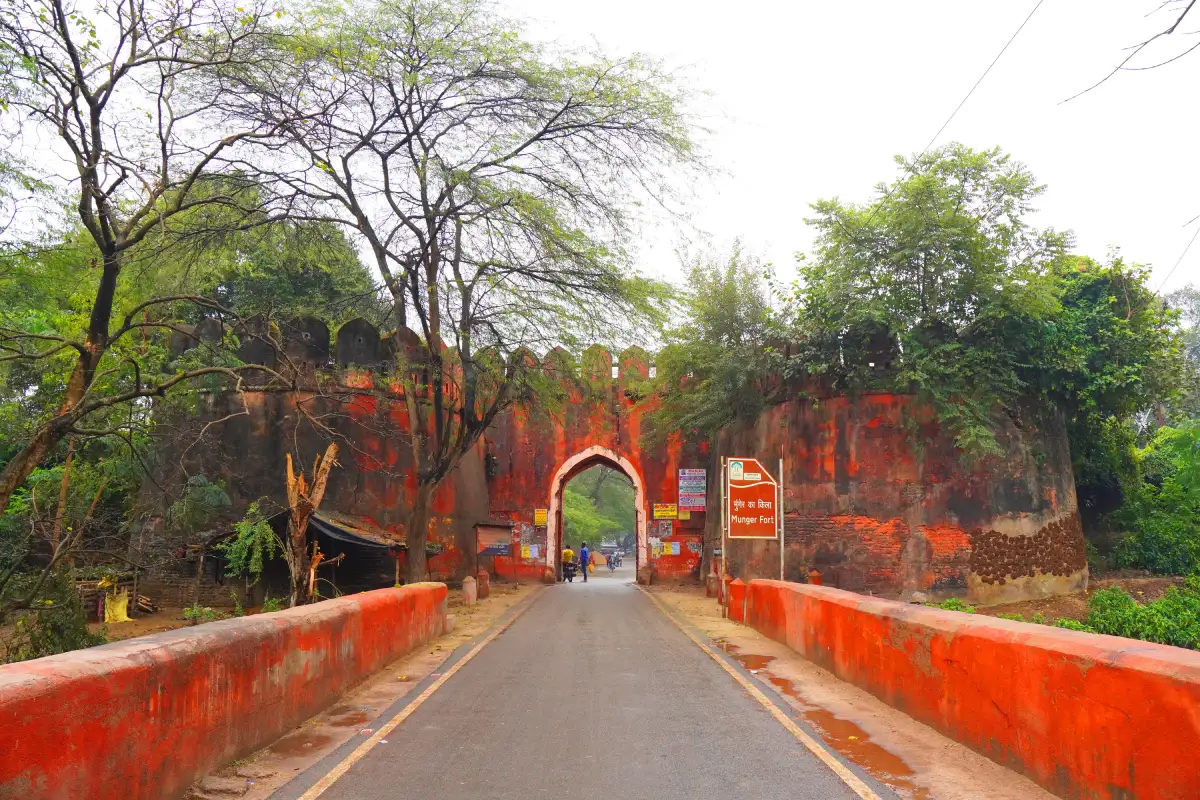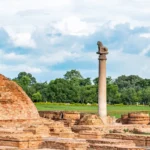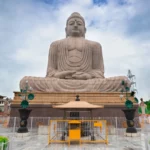Standing majestically on a rocky hillock along the southern banks of the Ganges River, Munger Fort emerges as a beacon of Bihar’s rich and vibrant history. This imposing fortress, nestled in the heart of Munger, Bihar, has witnessed the rise and fall of empires, the ebb and flow of civilizations, and the enduring spirit of human resilience.
- A Journey through Time: Unveiling the Fort's Enchanting Aura
- Exploring the Labyrinthine Pathways: Unraveling the Fort's Hidden Corners
- Scaling the Watchtowers: Panoramic Views that Unveil the City's Beauty
- Immersing in the Local Culture: A Fusion of Traditions and Customs
- Practicalities and Planning: Navigating Your Visit to Munger Fort
- FAQs: Addressing Common Queries about Munger Fort
A Journey through Time: Unveiling the Fort’s Enchanting Aura
Stepping into Munger Fort is akin to embarking on a journey through time, where each stone whispers secrets of a glorious past and each corner unveils a fascinating chapter of India’s rich tapestry. As you wander through its labyrinthine pathways, you’ll encounter remnants of bygone eras, from the imposing ramparts that once safeguarded the fort to the serene shrines that echo with spiritual tranquility.
Exploring the Labyrinthine Pathways: Unraveling the Fort’s Hidden Corners
Venture into the heart of the fort and lose yourself in the maze of narrow, winding pathways that snake through its vast expanse. Each turn unveils a hidden gem, whether it’s an ancient well, a forgotten temple, or a secluded courtyard offering panoramic views of the surrounding city.
Scaling the Watchtowers: Panoramic Views that Unveil the City’s Beauty
Ascend the towering watchtowers that punctuate the fort’s ramparts and let your gaze sweep across the mesmerizing landscape below. The Ganges River stretches out like a shimmering ribbon, while the cityscape unfolds in a tapestry of bustling streets, verdant parks, and ancient temples.
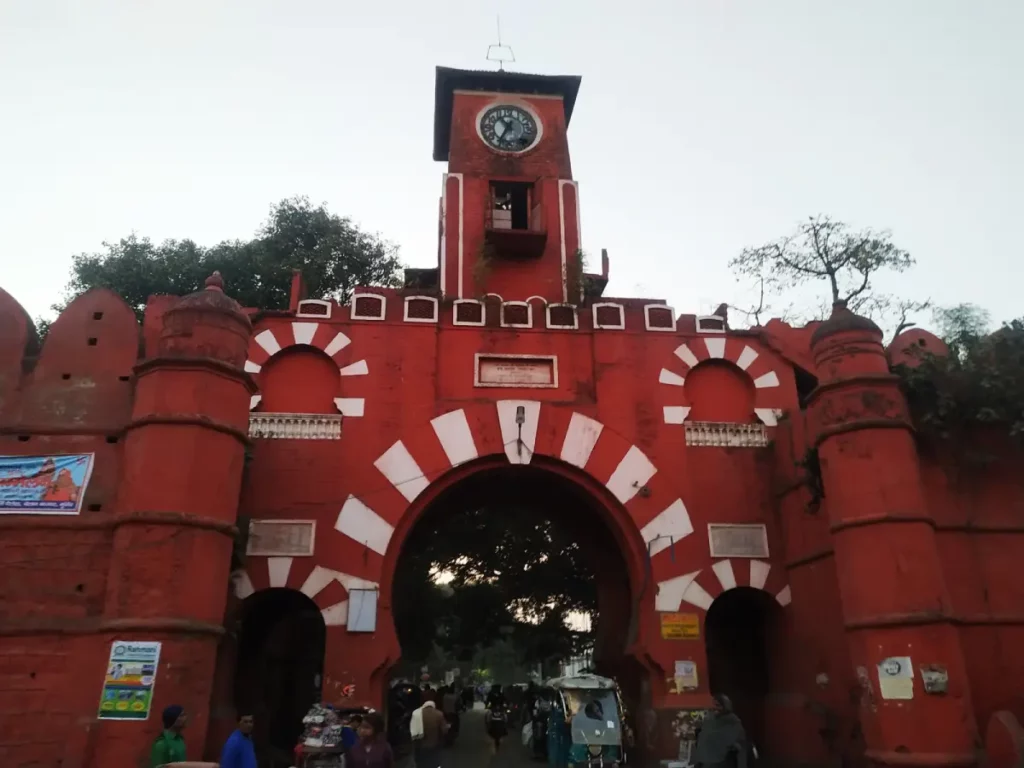
Immersing in the Local Culture: A Fusion of Traditions and Customs
Munger Fort is not merely a monument; it’s a living testament to the vibrant culture and traditions of the region. Engage with the local people, immerse yourself in their customs, and savor the flavors of their cuisine. From bustling bazaars to serene temples, every aspect of life here is steeped in history and tradition.
Practicalities and Planning: Navigating Your Visit to Munger Fort
Reaching the Fort: A Guide to Transportation Options
Munger Fort is well-connected by road and rail. The nearest railway station is Munger Junction, located about 3 kilometers from the fort. Regular bus services also operate from Munger and nearby cities.
Best Time to Visit: Unveiling the Fort’s Optimal Season
The best time to visit Munger Fort is during the winter months, from October to March, when the weather is pleasant and sunny. Avoid visiting during the monsoon season (July to September) when heavy rains can hinder your exploration.
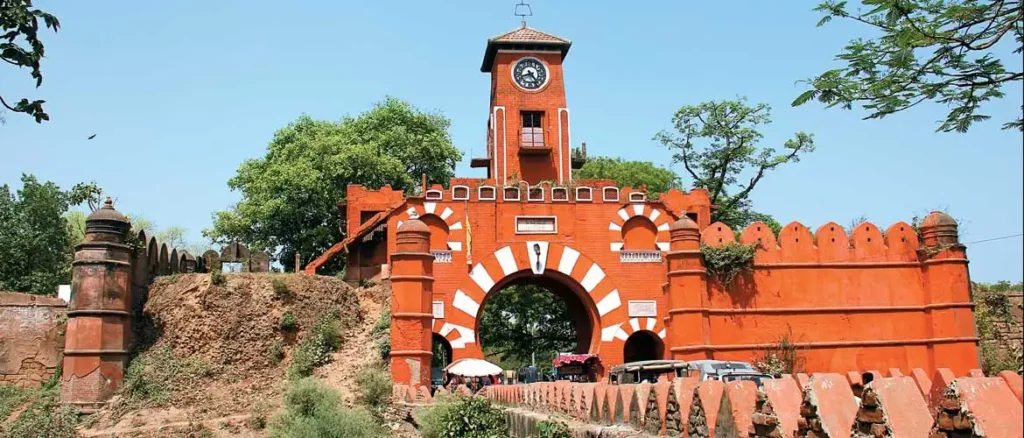
Essential Tips for a Memorable Visit:
- Wear comfortable shoes, as you’ll be doing a lot of walking.
- Carry a hat and sunscreen to protect yourself from the sun.
- Bring along some water and snacks, as there are limited food options available within the fort.
- Respect the fort’s historical significance and avoid littering or damaging any structures.
- Engage with the local people and learn about their culture and traditions.
FAQs: Addressing Common Queries about Munger Fort
Munger Fort has played a significant role in India’s history, serving as a strategic stronghold for various rulers over the centuries. It was a crucial administrative and military center during the Mughal era and served as a prison for political dissidents during the Indian independence movement.
Munger Fort boasts a rich architectural heritage, showcasing a blend of styles from different eras. The imposing ramparts, grand palaces, intricate carvings, and serene shrines are all testament to the skill and craftsmanship of the artisans who contributed to the fort’s construction.
The Fort houses several religious sites that reflect the region’s diverse spiritual traditions. The most notable include the Chandisthana Temple, dedicated to Goddess Chandi, and the Tomb of Pir Shah Nufa, a revered Sufi saint.
Exploring the fort’s labyrinthine pathways, scaling the watchtowers for panoramic views, immersing in the local culture, and visiting the religious sites are some of the best things to do at the Fort.
Choose the right season to visit, wear comfortable shoes, carry essentials like water and snacks, respect the fort’s historical significance, engage with the local people, and learn about their culture and traditions.

